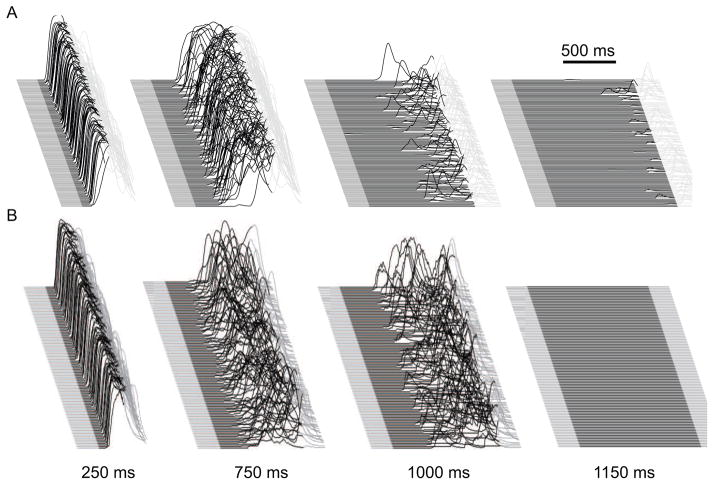Figure 2. A comparison of eyelid conditioning performance of the smaller (12,000 granule cell) simulation and the larger (1,048,576 granule cell) simulation.
Each sweep is the eyelid response predicted by the output of the simulation, as conveyed by its deep nucleus neurons. Each panel shows 100 trials from well-trained simulations, where each upward deflection is the predicted (learned) closure of the eyelid. The black portion of each sweep indicates the time over which the mossy fiber inputs were active to mimic a conditioned stimulus and thus the upward deflection of the traces in the black portions shows a learned response by the simulation. A. Performance of the smaller simulation trained using inter-stimulus intervals ranging from 250 ms to 1150 ms. Robust conditioned responding is predicted by the simulation for the 250 ms and 750 ms intervals. Very poor responding is seen at the 1000 ms interval and essential no learning is evident at 1150 ms. B. By comparison, performance of the larger simulation over a similar range of inter-stimulus intervals. Like eyelid conditioning results from rabbits and the smaller simulation (data not shown) the larger simulation does not learn with an interval of 100 ms. Like rabbits and the smaller simulation, the larger simulation shows robust and well timed responses for 250 ms and 750 ms intervals. The larger simulation shows more robust learning at the 1000 ms interval than does its smaller predecessor, but falls short of rabbit performance by showing no learning at all at an interval of 1150 ms.

